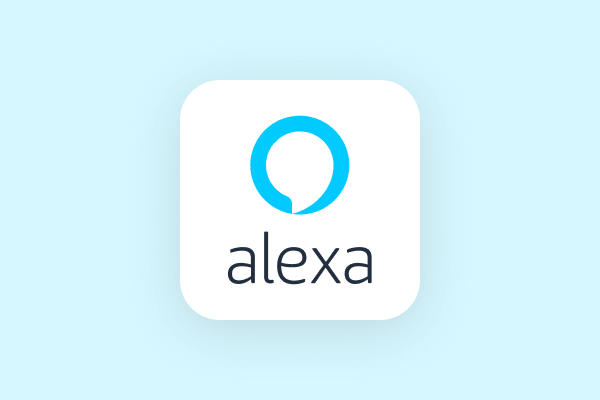
Hey,Alexa
Alexa, developed by Amazon, has emerged as a leading voice-controlled virtual assistant, transforming the way we interact with our smart devices and homes. This article explores the rise of Alexa and its significant impact on the smart home ecosystem, from its innovative features to its integration with various devices and services.
- The Birth of Alexa:
- Introduced in 2014 alongside the Amazon Echo smart speaker, Alexa marked a breakthrough in voice-controlled technology. Powered by artificial intelligence and natural language processing, Alexa became a virtual assistant capable of understanding and responding to voice commands.
- Voice-Activated Smart Home Control:
- One of the most significant contributions of Alexa is its ability to control smart home devices with voice commands. With compatibility with a wide range of devices, including lights, thermostats, security systems, and entertainment devices, Alexa allows users to control their entire smart home ecosystem effortlessly. By simply speaking to Alexa, users can adjust the lighting, set the temperature, play music, and even lock doors, creating a seamless and convenient smart home experience.
- Expanding Skills and Capabilities:
- As Alexa's popularity grew, so did its capabilities. Through the Alexa Skills Kit, developers have been able to create a wide range of skills, enabling Alexa to perform tasks beyond basic smart home control. Users can now order products, check the weather, listen to news updates, play games, book appointments, and much more, all by voice command. The expanding library of skills continues to enhance the utility and versatility of Alexa.
- Integration with Third-Party Devices and Services:
- One of Alexa's strengths lies in its compatibility with a vast ecosystem of third-party devices and services. Alexa can seamlessly integrate with popular smart home brands like Philips Hue, Nest, and Ring, allowing users to control and monitor their devices through voice commands. Additionally, Alexa integrates with various streaming services, music platforms, and even home automation platforms, offering a centralized hub for managing and accessing different services.
- Natural Language Processing and Context Awareness:
- Alexa's natural language processing capabilities have improved significantly over the years. It can understand and interpret complex commands, respond contextually, and adapt to users' preferences. Whether it's understanding follow-up questions, recognizing voice profiles of different users, or providing personalized recommendations, Alexa's ability to understand context enhances the overall user experience and makes interactions more intuitive.
- Echo Show and Visual Capabilities:
- With the introduction of the Echo Show, Amazon expanded Alexa's capabilities by adding a visual element to the voice-controlled experience. The Echo Show features a screen, enabling users to not only receive voice responses but also access visual information, such as weather forecasts, recipe instructions, and video content. This visual integration enhances the versatility of Alexa and opens up new possibilities for interactive experiences.
Conclusion:
Alexa has revolutionized the smart home experience, offering users a convenient and intuitive way to control and interact with their devices through voice commands. With its expanding skills, compatibility with third-party devices and services, and continuous advancements in natural language processing, Alexa has become a central hub for smart homes. As Amazon continues to innovate and improve its virtual assistant, Alexa is set to shape the future of smart home technology, making our lives more connected and effortless.